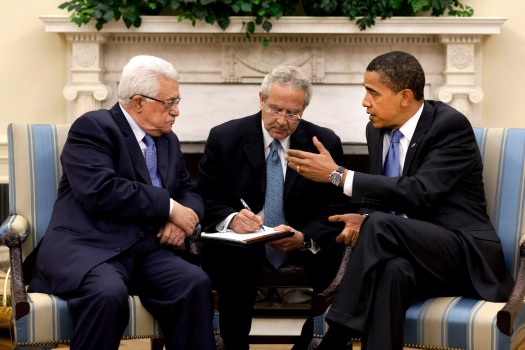In the past this blog has drawn attention to the sloppy use of terminology by the BBC and others, confusing translators with interpreters.
As some media types seem incapable of dealing with too many words, here’s a handy illustrated guide for them (all images courtesy of Wikimedia Commons).
Firstly, a translator in the pre-digital age.

The bearded chap scribbling away is St. Jerome, one of the fathers of the Catholic Church, renowned for his translation into Latin of the Vulgate Bible.
Nowadays, a modern translator is more likely to be scribbling away using the kit in the picture below.

Note the keyboard, screen and dictionaries. The written word is clearly involved here.
Next we have a couple of conference interpreters.

Note the use of headsets and microphones. The spoken word is in evidence here.
However, interpreters sometimes use the written word to take notes, as shown here, but this is merely to assist in remembering long passages of spoken words.

Confused by translators and interpreters? You shouldn’t be! We’re here to help nation write and speak respectively to nation! 😉